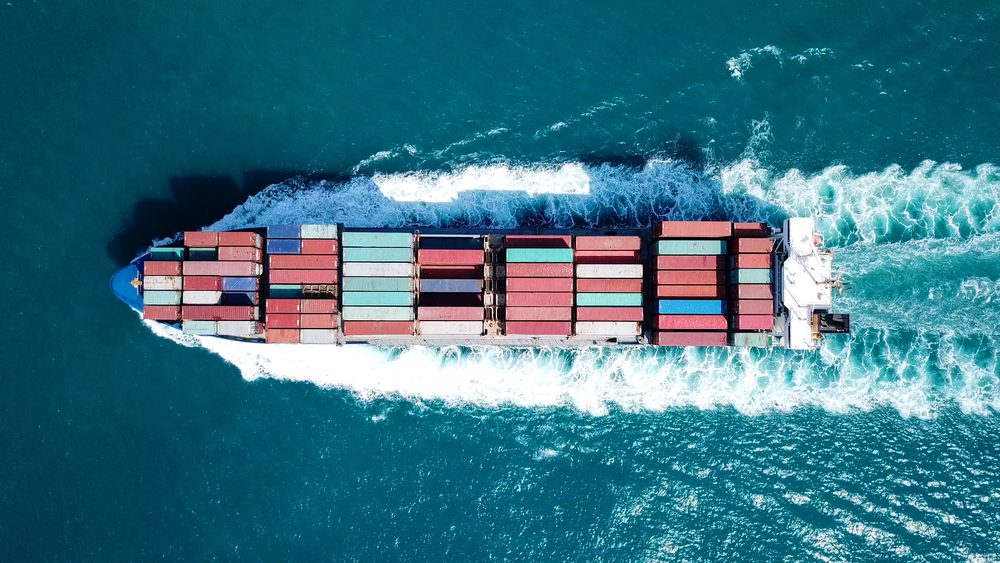StockStudio / Shutterstock
By Mike Wackett (The Loadstar) – The bellwether Shanghai Container Freight Index (SCFI) did not publish on Monday, due to the national holiday in China, but current sentiment suggests that ocean carriers will find their rates under pressure following the Golden Week break.
Last month, the Asia to North Europe component of the SCFI shed 21% to $735 per teu, while for Mediterranean ports there was a smaller decline of 15% to $767 per teu.
Anecdotal reports from The Loadstar’s sources refer to a “sharp dip” in load factors on the route in the two weeks leading up the national factory shutdown, from a peak season high of over 95% to below 90%.
The demand slowdown reinforces the strategy of carriers to axe more than 200,000 teu of headhaul capacity this month, including the 2M’s AE2/Swan loop.
Taking out a massive 11 westbound sailings is designed to “stop the spot rate rot”, but a decision by Maersk, MSC and CMA CGM to cut FAK rates has, arguably, negated the initiative.
The sliding spot rates will also put carrier negotiators on the back foot as they prepare for the first round of meetings with major contract customers to renew annual contracts.
Meanwhile, on the transpacific tradelane, the jury is still out on the impact on forward bookings of US retailers stocking up in advance of Trump trade tariff hikes on a vast range of consumer imports.
Significantly, utilisation levels on Asia to US sailings were maintained in the high 90s in the lead up to the Golden Week holiday and the demand surge propelled spot rates to highs of some $2,350 per 40ft for the US west coast and $3,500 for US east coast ports. This represents a year-on-year increase of 66% and 75% respectively.
But the rates currently enjoyed by transpacific carriers could be short-lived if demand weakens substantially this month. After a long run of successful GRIs, carriers have been obliged to row back on their last two rate hikes, cancelling both the mid-September and 1 October GRIs.
“As the China-US tariff war ratcheted up, many US importers stocked up in advance of the high-turnover Thanksgiving and Christmas seasons,” noted Freightos chief executive Zvi Schreiber.
Notwithstanding carrier concerns over the stability of freight rates on the two biggest liner trades, they are also facing considerable cost pressures.
The price of IFO380 heavy fuel oil jumped another $9 yesterday to about $480 per ton for Rotterdam-sourced bunkers. Since the start of the week, IFO380 has surged by some $30 per ton, which for an ULCV burning some 100 tons a day will put significant loading on the roundtrip voyages of the liner ships.
It follows that, after the heavy losses suffered by carriers in the first six months of the year, managers will be looking to reactivate the emergency bunker surcharges rolled out in the summer, but given back later via rate discounting.
The Loadstar is fast becoming known at the highest levels of logistics and supply chain management as one of the best sources of influential analysis and commentary.
Check them out at TheLoadstar.co.uk, or find them on Facebook and Twitter.

 Join The Club
Join The Club











